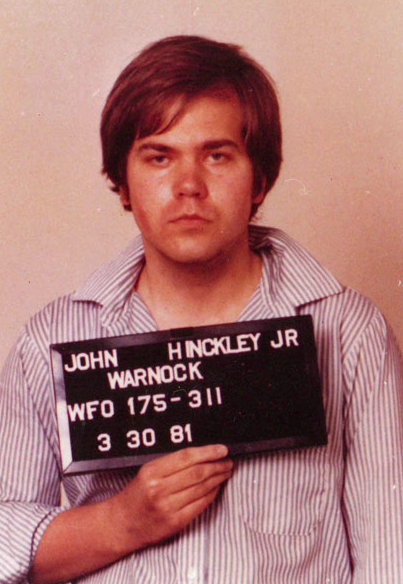Fidel Castro was born in Biran, Cuba, in 1926 as the third child of six. His father was a wealthy sugar plantation owner and his mother was the maid to his father's first wife. In his college years, Castro delved into the world of nationalism, anti-imperialism, and socialism. With a passion for social justice, Castro sought to expose General Batista, who was planning a coup on the government.
When Batista successfully overthrew the government and became dictator through military power, the United States recognized his new government. Castro created "The Movement" to overthrow Batista's reign. He and 150 other members stormed the Moncada military barracks, but this attack failed and Castro was imprisoned for 15 years. After being released under amnesty, Castro attacked once more with other Cuban exiles, but this was also extinguished by Batista's forces. Recovering, Castro started a guerrilla war with Batista, and, with the dwindling popular and military support of Batista's government, Castro took control of Cuba in January 1959.

Castro would be sworn in as the prime minister of Cuba, where he created reforms that followed the ideals of communism. With the Agrarian Reform Act, Castro created state land control, with farmers turning into government employees. Castro's government established relations with the Soviet Union, buying their oil.
When the United States broke off relations with the Cuban government due to increasing tensions between the two countries, Castro declared the Cuban government as Socialists. The United States trained and sent 1400 Cuban exiles to overthrow Castro and his government at the Bay of Pigs, but this failed, resulting in hundreds killed and more captured. In response to this involvement, Castro accepted economic and military aid from the Soviet Union, allowing the Soviet Union to bring nuclear missiles into Cuba in hopes that the United States would be deterred from overthrowing Castro once more.
As the US and USSR agreed to remove nuclear missiles from both Cuba and secretly Turkey, Castro was left out of negotiations, losing his protection while solidifying the gap between Cuba and US relations. At this time, Castro proclaimed himself the head of the Communist Party, merging it with his own revolutionary organizations. When the USSR collapsed int 1991, the dependency of Cuba on the Soviet Union crumbled. Unemployment and inflation skyrocketed, yet Castro kept control of the government. With this, Castro was similar to Mao Zedong, since he was able to overthrow the previous government, but not able to maintain his new government, at least not by himself.

Castro's health deteriorated in the next decade, officially stepping down from the Communist Party in 2011. He died on November 25, 2016 at the age of 90, and, as thousands of Cubans mourned, Cuban exiles around the world rejoiced.
Sources:
http://www.biography.com/people/fidel-castro-9241487#synopsis
https://thecubaneconomy.com/articles/2012/10/october-16-28-2012-cuban-missile-crisis-fidel-castro-the-most-dangerous-man-in-the-world/















